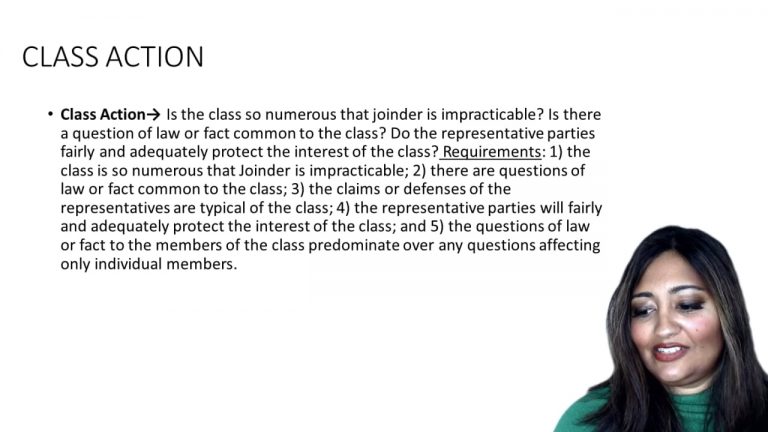SmartBrief
Confirm favorite deletion?
Civil Procedure Keyed to Glannon
Hansberry v. Lee
Citation:
311 U.S. 32 (1940)
ProfessorBrittany L. Raposa
CaseCast™ – "What you need to know"
Facts
Burke, a property owner, sought to sell property in a subdivision to Hansberry, a black businessman. Lee, a white homeowner, along with other individuals, sought to enjoin Hansberry’s purchase of property based on a racially restrictive covenant. In a prior litigation involving a property lease in the subdivision, the court upheld the racially restrictive covenant, based upon a stipulation that the covenant was enforceable because 95% of the subdivision’s homeowners had agreed to it. The Illinois Supreme Court held that Hansberry was bound by the decision in the earlier litigation. Hansberry appealed.
Only StudyBuddy Pro offers the complete Case Brief Anatomy*
Access the most important case brief elements for optimal case understanding.
*Case Brief Anatomy includes: Brief Prologue, Complete Case Brief, Brief Epilogue
- The Brief Prologue provides necessary case brief introductory information and includes:
Topic:
Identifies the topic of law and where this case fits within your course outline.Parties:
Identifies the cast of characters involved in the case.Procedural Posture & History:
Shares the case history with how lower courts have ruled on the matter.Case Key Terms, Acts, Doctrines, etc.:
A case specific Legal Term Dictionary.Case Doctrines, Acts, Statutes, Amendments and Treatises:
Identifies and Defines Legal Authority used in this case.
- The Case Brief is the complete case summarized and authored in the traditional Law School I.R.A.C. format. The Pro case brief includes:
Brief Facts:
A Synopsis of the Facts of the case.Rule of Law:
Identifies the Legal Principle the Court used in deciding the case.Facts:
What are the factual circumstances that gave rise to the civil or criminal case? What is the relationship of the Parties that are involved in the case.Issue(s):
Lists the Questions of Law that are raised by the Facts of the case.Holding:
Shares the Court's answer to the legal questions raised in the issue.Concurring / Dissenting Opinions:
Includes valuable concurring or dissenting opinions and their key points.Reasoning and Analysis:
Identifies the chain of argument(s) which led the judges to rule as they did.
- The Brief Prologue closes the case brief with important forward-looking discussion and includes:
Policy:
Identifies the Policy if any that has been established by the case.Court Direction:
Shares where the Court went from here for this case.
Topic Resources
Topic Outline

 7m 14s
7m 14s